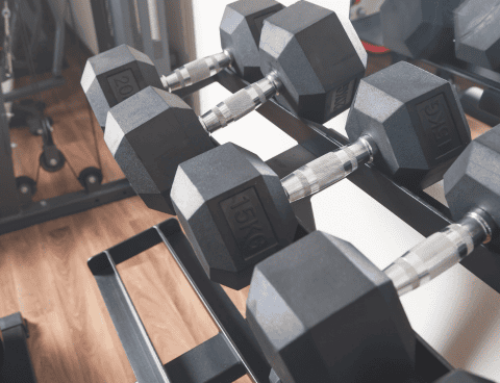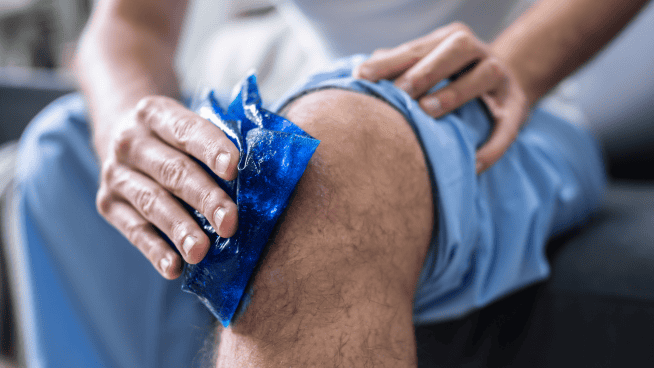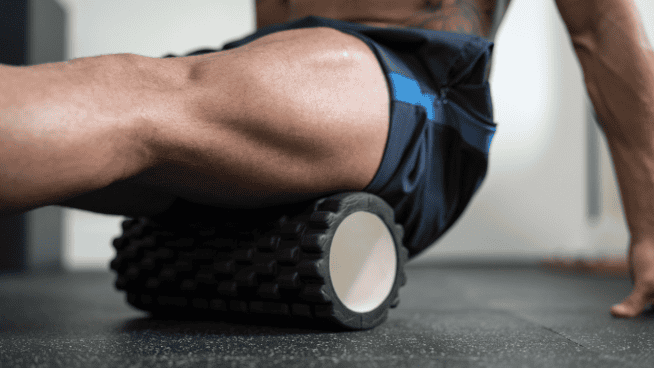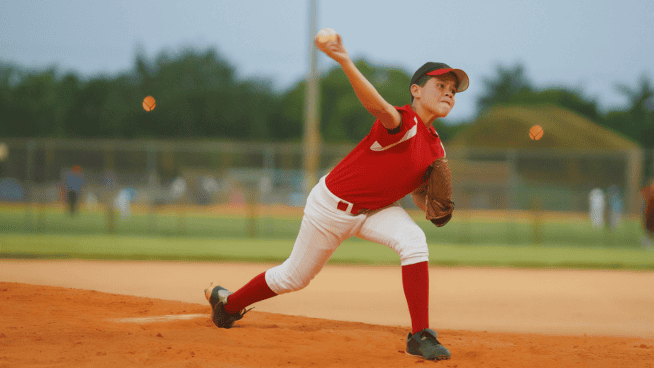Softball Players: Why You Need to Deadlift
Softball players—do you deadlift? If not, you need to add this essential exercise to your training as soon as possible.
Now, I know what you’re thinking. Deadlifts are only for “meat-head” guys who want to show off in the gym. However, it benefits go far beyond bodybuilding.
Deadlifts build glute power and core stability, thus increasing the amount of force you can put into the ground. You will be able to generate more force, adding power to your swings, throws, pitches and sprinting stride. [1,2]
You should even consider replacing the Squat with the Deadlift if that’s your primary lower-body exercise.
According to Gray Cook, developer of the Functional Movement Screen, the Deadlift is superior to the Squat because it focuses on the glutes—the most powerful muscle in the body—and places less stress on the body. [3]
To safely receive its benefits, you must implement the Deadlift in your training program properly and perform it correctly.
Deadlift Technique
- Stand with your feet hip-width apart.
- Squat down and grasp a pre-loaded bar with a slightly-wider-than-shoulder-width grip.
- Position the bar close to your shins.
- Fully extend your elbows, stick your chest out and look straight ahead.
- Simultaneously extend your hips and knees to stand up, keeping your hip, knees and ankles in line.
- Keep your back straight and the bar close to your body.
- Squeeze your glutes to complete the movement.
- Perform the sequence in reverse to lower the bar to ground.
- Repeat for specified reps
Coaching Points
- To raise the bar, push into the ground instead of pulling with your back.
- Keep your feet flat with your weight evenly distributed.
- Each rep is from a stop, not a bounce.
- Imagine pulling the bar straight up.
- Practice with a broomstick or PVC pipe before adding weight.
- Never sacrifice your form to add weight.
Implementation Instructions
Perform the Deadlift toward the beginning of your workout, after your dynamic warm-up and movement exercises.
Off-Season
Build muscle by using slow-movement training.This is the safest method to learn proper technique.
- Timing: 3-4 seconds each phase
- Sets: 3-4
- Reps: 8-12
- Rest: 2 minutes
- Frequency: 3 times per week on nonconsecutive days
Pre-Season
Focus on building both strength and power six weeks before your season to peak for your first game.
- Timing: 2 seconds each phase (strength); 1 second raise, 2 seconds lower (power)
- Sets: 3-5 (strength, power)
- Reps: 5-8 (strength); 3-5 (power)
- Rest: 2 minutes (strength); 3-4 minutes (power)
- Frequency: 3 times per week on nonconsecutive days. Focus on strength for 3 weeks, then on power for the remaining 3 weeks.
In-Season
Maintain your strength and power during the season with regular maintenance training.
- Timing: 3-4 seconds each phase
- Sets: 3-4
- Reps: 8-12
- Rest: 2 minutes
- Frequency: 1-2 times per week on nonconsecutive days as your game schedule allows.
Sources
[1] Fastpitch Power [2] All Star Sports AcademyRECOMMENDED FOR YOU
Softball Players: Why You Need to Deadlift
Softball players—do you deadlift? If not, you need to add this essential exercise to your training as soon as possible.
Now, I know what you’re thinking. Deadlifts are only for “meat-head” guys who want to show off in the gym. However, it benefits go far beyond bodybuilding.
Deadlifts build glute power and core stability, thus increasing the amount of force you can put into the ground. You will be able to generate more force, adding power to your swings, throws, pitches and sprinting stride. [1,2]
You should even consider replacing the Squat with the Deadlift if that’s your primary lower-body exercise.
According to Gray Cook, developer of the Functional Movement Screen, the Deadlift is superior to the Squat because it focuses on the glutes—the most powerful muscle in the body—and places less stress on the body. [3]
To safely receive its benefits, you must implement the Deadlift in your training program properly and perform it correctly.
Deadlift Technique
- Stand with your feet hip-width apart.
- Squat down and grasp a pre-loaded bar with a slightly-wider-than-shoulder-width grip.
- Position the bar close to your shins.
- Fully extend your elbows, stick your chest out and look straight ahead.
- Simultaneously extend your hips and knees to stand up, keeping your hip, knees and ankles in line.
- Keep your back straight and the bar close to your body.
- Squeeze your glutes to complete the movement.
- Perform the sequence in reverse to lower the bar to ground.
- Repeat for specified reps
Coaching Points
- To raise the bar, push into the ground instead of pulling with your back.
- Keep your feet flat with your weight evenly distributed.
- Each rep is from a stop, not a bounce.
- Imagine pulling the bar straight up.
- Practice with a broomstick or PVC pipe before adding weight.
- Never sacrifice your form to add weight.
Implementation Instructions
Perform the Deadlift toward the beginning of your workout, after your dynamic warm-up and movement exercises.
Off-Season
Build muscle by using slow-movement training.This is the safest method to learn proper technique.
- Timing: 3-4 seconds each phase
- Sets: 3-4
- Reps: 8-12
- Rest: 2 minutes
- Frequency: 3 times per week on nonconsecutive days
Pre-Season
Focus on building both strength and power six weeks before your season to peak for your first game.
- Timing: 2 seconds each phase (strength); 1 second raise, 2 seconds lower (power)
- Sets: 3-5 (strength, power)
- Reps: 5-8 (strength); 3-5 (power)
- Rest: 2 minutes (strength); 3-4 minutes (power)
- Frequency: 3 times per week on nonconsecutive days. Focus on strength for 3 weeks, then on power for the remaining 3 weeks.
In-Season
Maintain your strength and power during the season with regular maintenance training.
- Timing: 3-4 seconds each phase
- Sets: 3-4
- Reps: 8-12
- Rest: 2 minutes
- Frequency: 1-2 times per week on nonconsecutive days as your game schedule allows.
Sources











